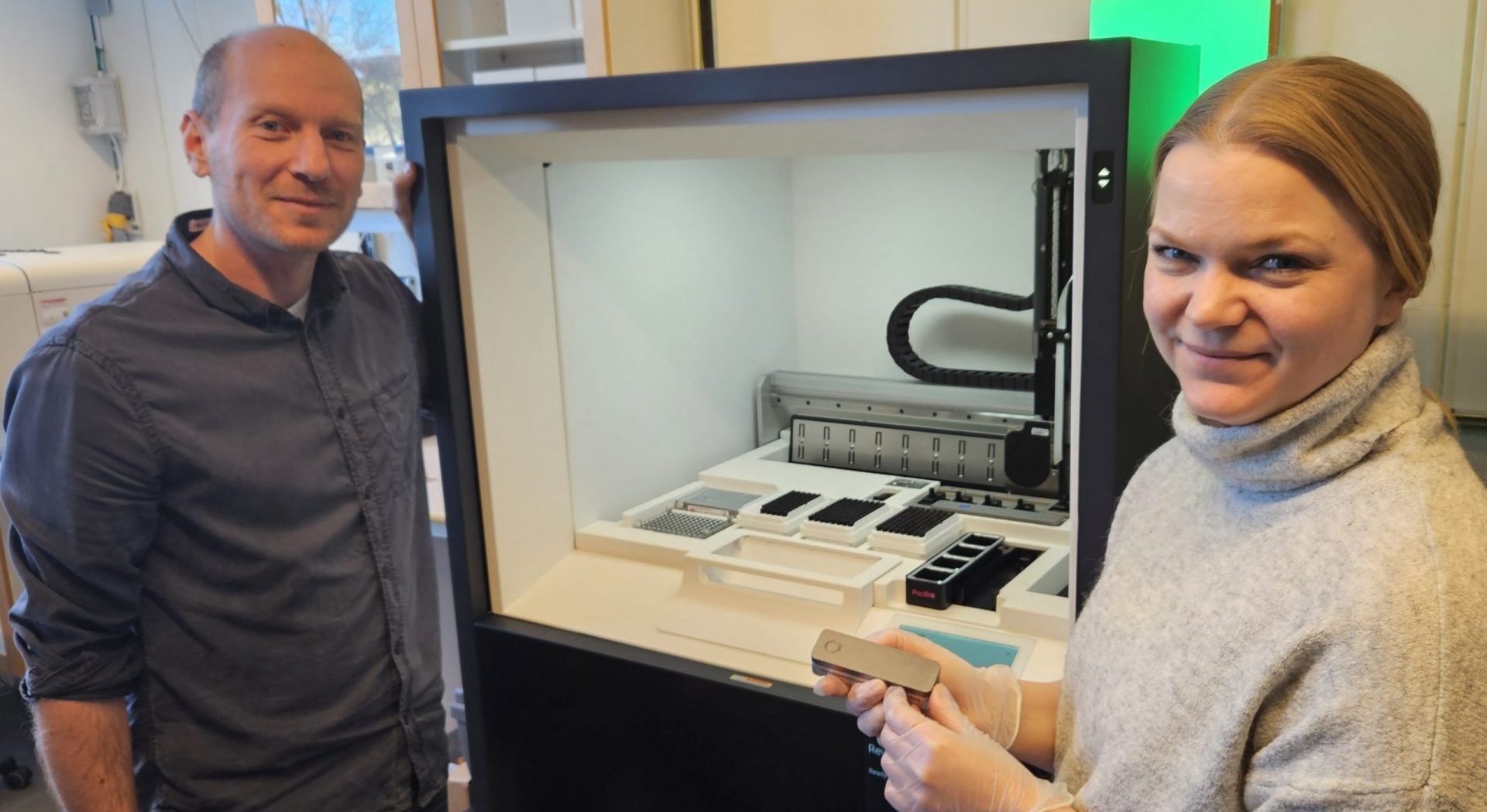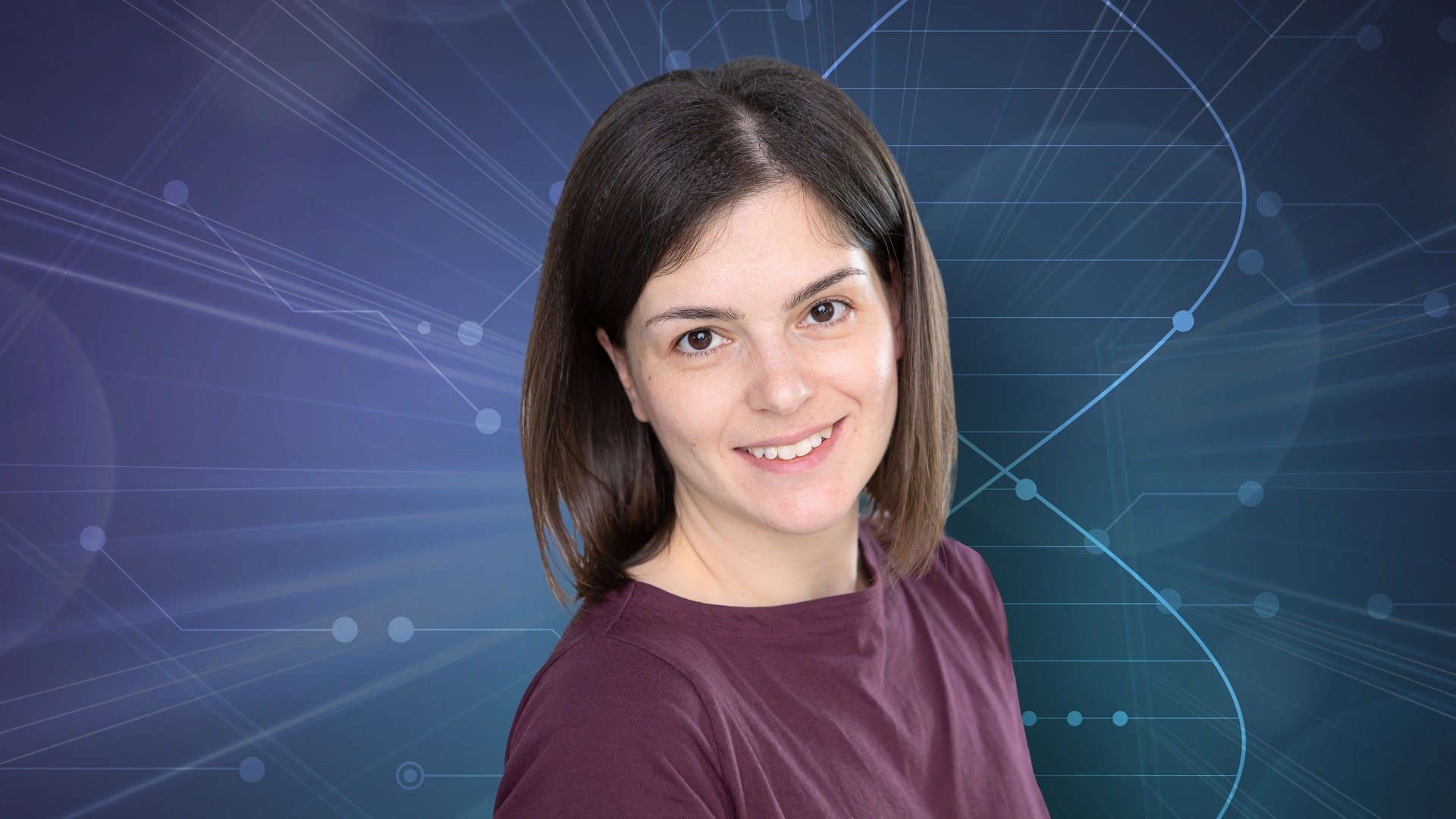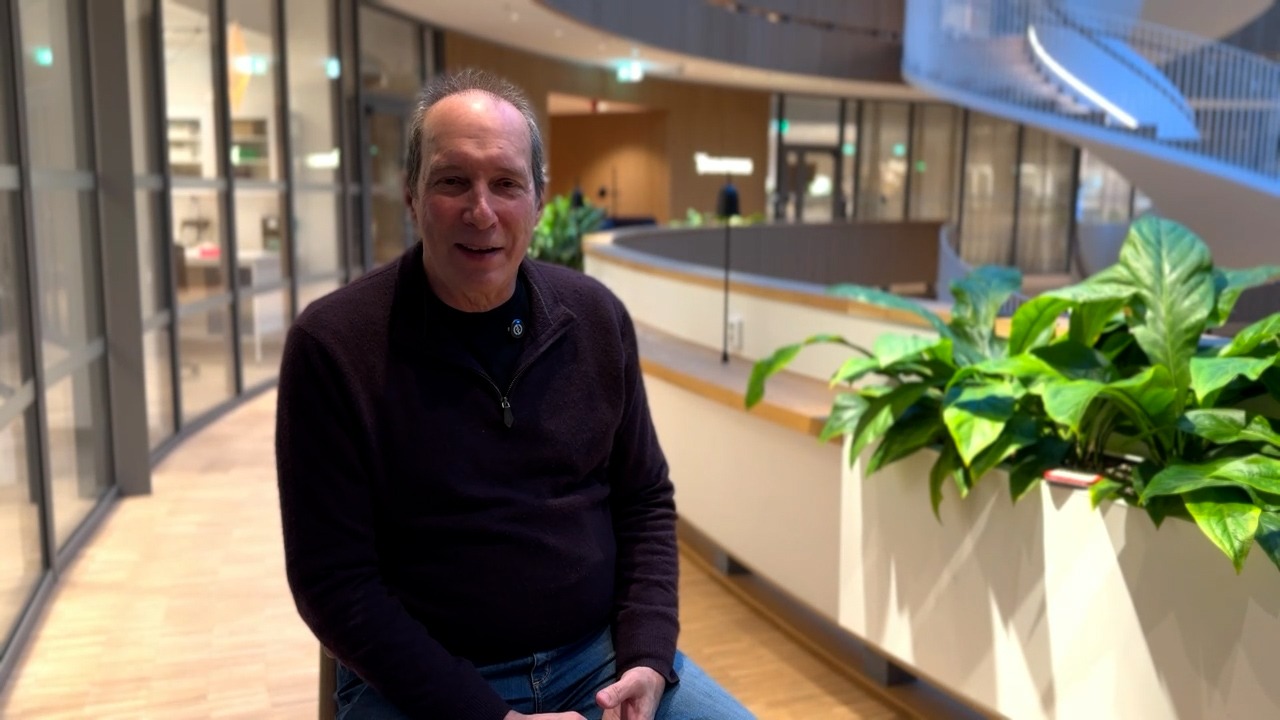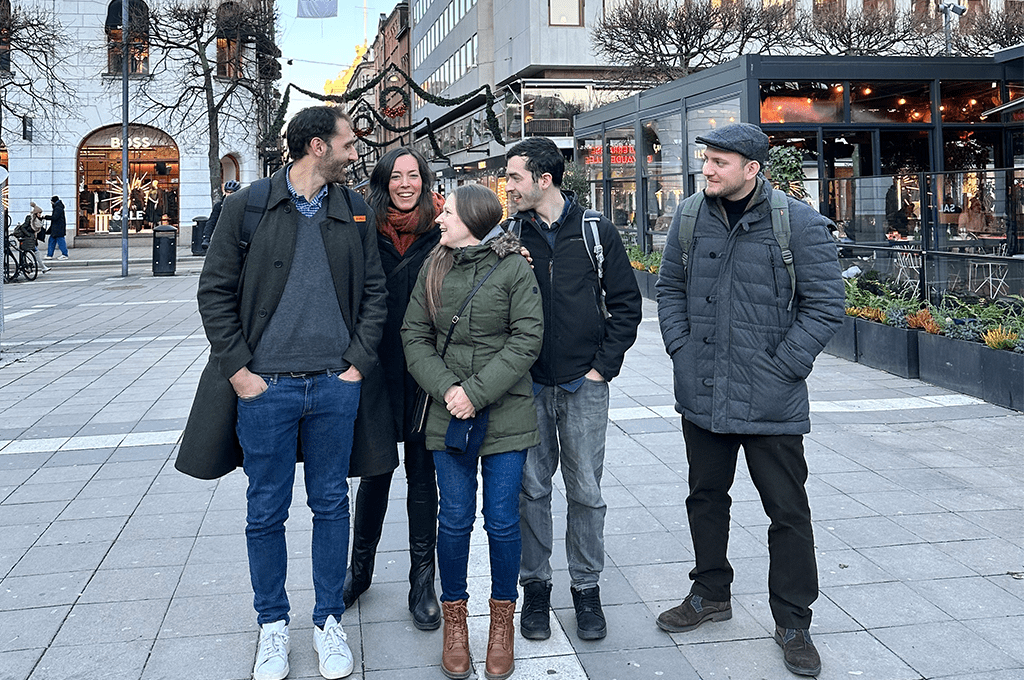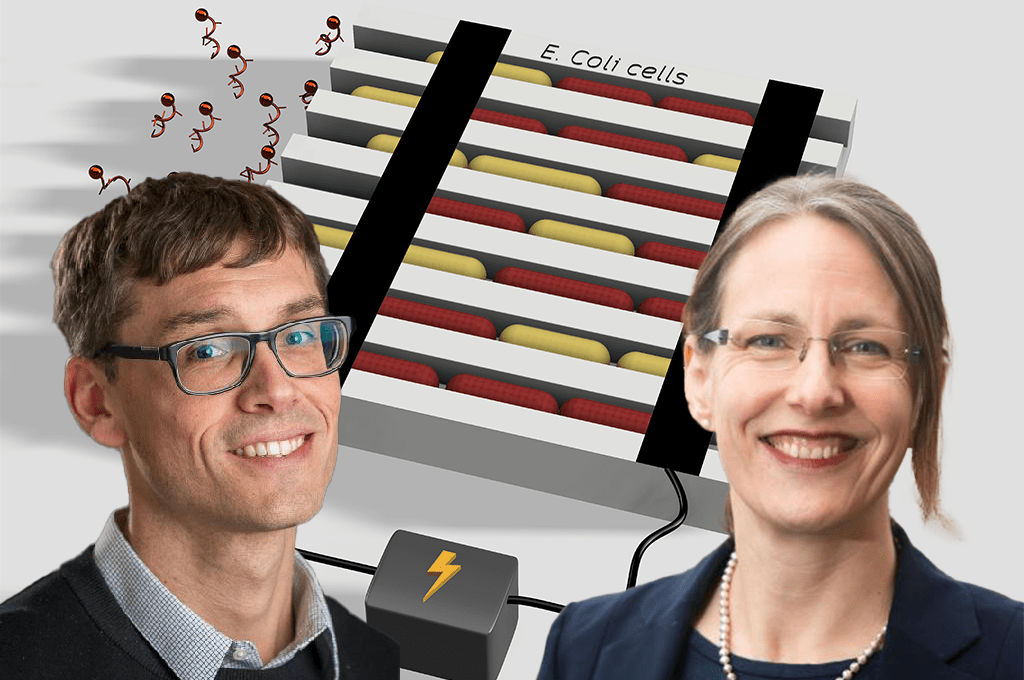SciLifeLab Uppsala unit develops unique long-read DNA sequencing towards clinical practice
In March 2022, the first complete human genome was presented. This was made possible thanks to technological achievements in the field of long-read DNA sequencing. NGI Uppsala has funding for a technological development project (TDP) focusing on targeted long-read sequencing and epigenetic profiling.
Adam Ameur works at the SciLifeLab National Genomics Infrastructure (NGI) with development of long-read sequencing technologies, with a focus on new applications and methods for clinical use.
“At NGI we want to be at the forefront of sequencing technology development. We bring in the latest instruments on the market, test them and explore new applications. In this technology development project, we develop new methods to interrogate specific genomic regions using long-read sequencing. These tools can resolve complex genomic regions, while also providing information about epigenetic factors, such as DNA methylation, and are useful both in clinical diagnostics and biomedical research”, says Adam Ameur, NGI/Uppsala University.
With this new long-read sequencing, (as opposed to short-read) the genetic information can be elucidated on much longer parts of the genome, than was previously possible.
”You can think of the sequenced pieces of a genome as a parts of a puzzle; a large 2000-piece puzzle takes time, and is difficult to finish, whereas with larger pieces, the puzzle is much easier to resolve. With long-read sequencing we get the whole picture (the combined pieces) faster and more correct. Another advantage is that you can read the native DNA molecules without any amplification. Then you can also see the epigenetic information, methylation etc., says Ida Höijer, Clinical Genomics and NGI/Uppsala University.
The project focuses on using long-read sequencing on parts of the genome of clinical interest, where for example inserts or repetitiveness into the genome can cause disease.
“We zoom in on parts of the genome where it is known that repetitive DNA can cause disease such as Huntington’s disease, ALS or different ataxias. In some of these examples, a triplet code may be amplified several thousand times, with regular short-read sequencing, it is difficult to decide how many repeats there actually are – something that may be significant for a disease diagnosis”, says Ida Höijer.
Long-read sequencing is a useful tool also for cancer diagnostics, where translocations between chromosomes or genome changes in specific regions can be identified. NGI Uppsala has unique expertise in this area, through collaborations with R&D teams at PacBio and Oxford Nanopore Technologies (ONT) on the use CRISPR-Cas9 based enrichment protocols.
“We have also worked with cancer typing, where the genomic changes can be large deletions that can easily be missed with short-read sequencing, and with cells that have undergone genome editing with CRISPR-Cas9. For such tools to be useful and safe in the clinic, it is necessary to check the entire genome of the cells before they are re-inserted into a patient” says Adam Ameur.
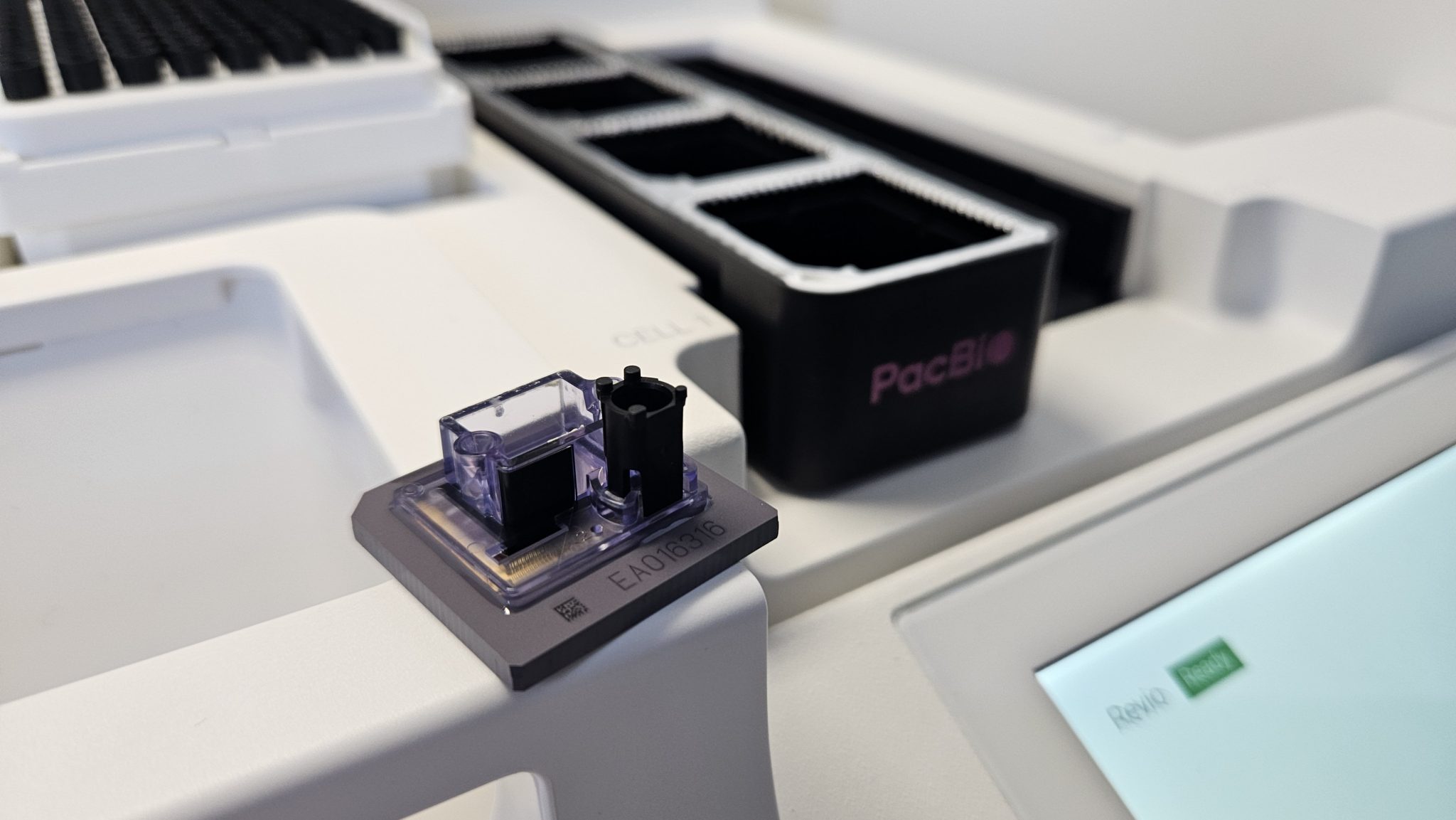
The TDP is still in an evaluation phase. Together with Genomic Medicine Sweden (GMS), NGI Uppsala and Clinical Genomics currently work with a project to use long-read sequencing for diagnosis of rare diseases where we look at diseases caused by DNA repeat expansion disorders. Our goal is to get this into the clinic as a diagnostic test”, finishes Ida Höijer.
Read more about the SciLifeLab’s Technology Development Projects
